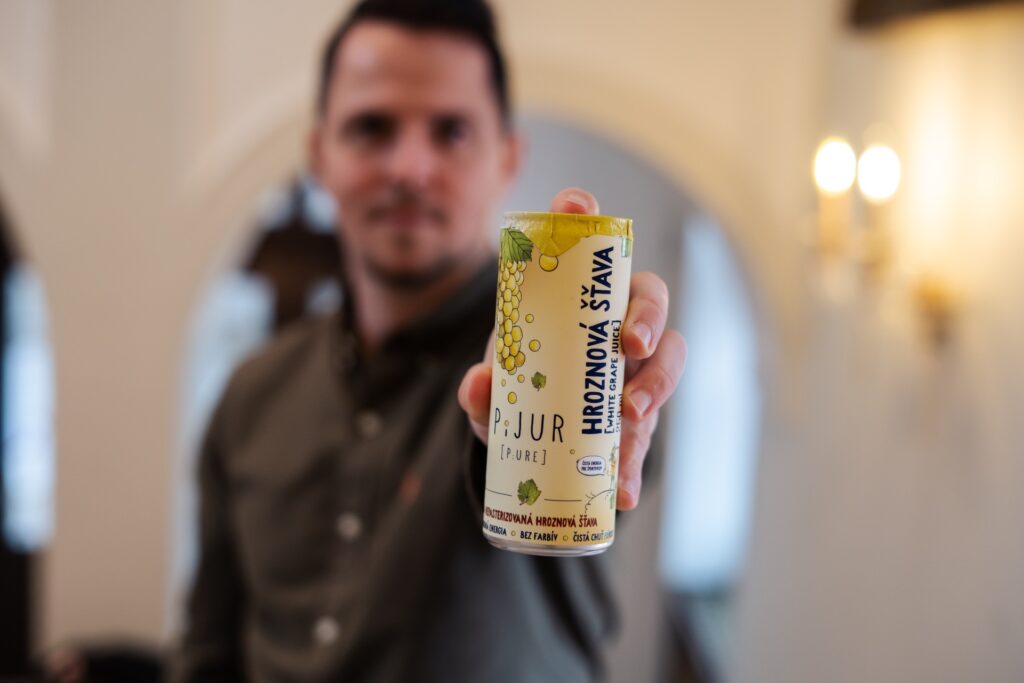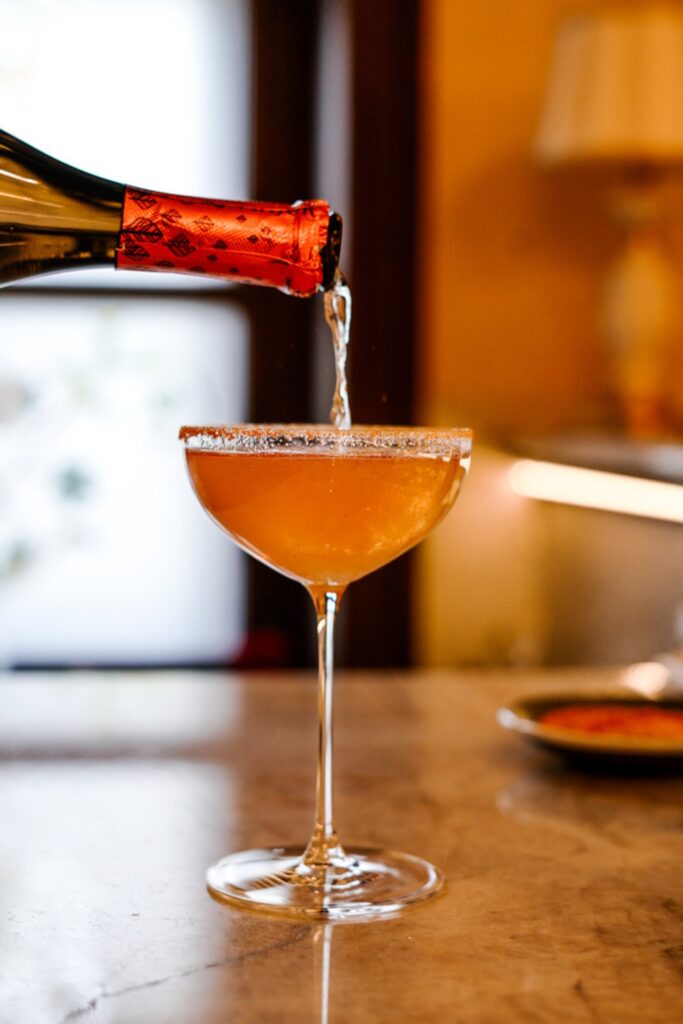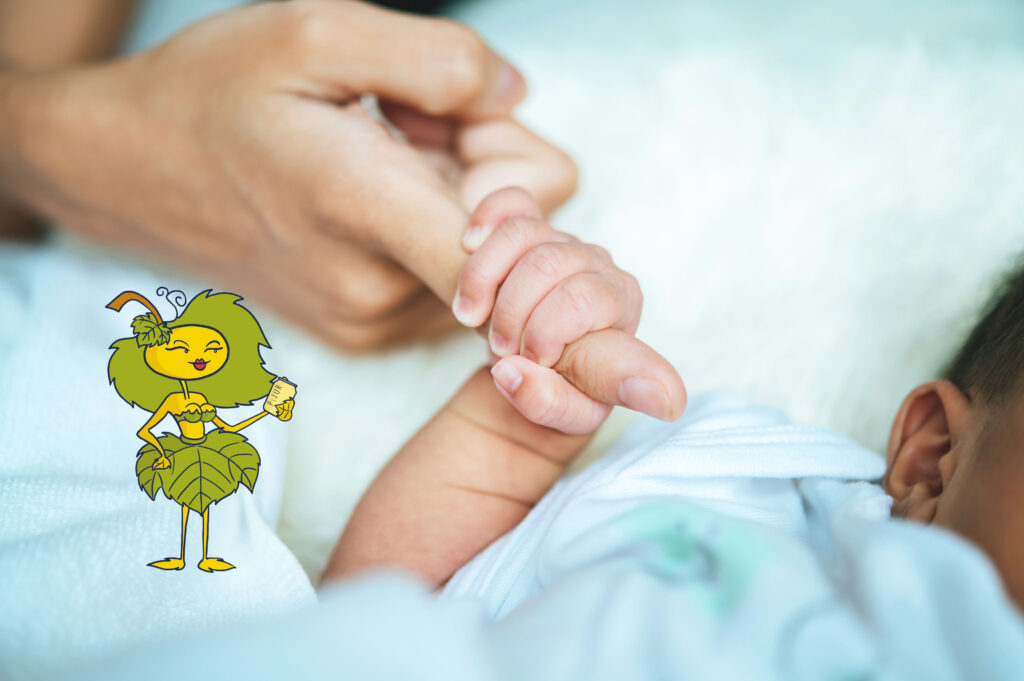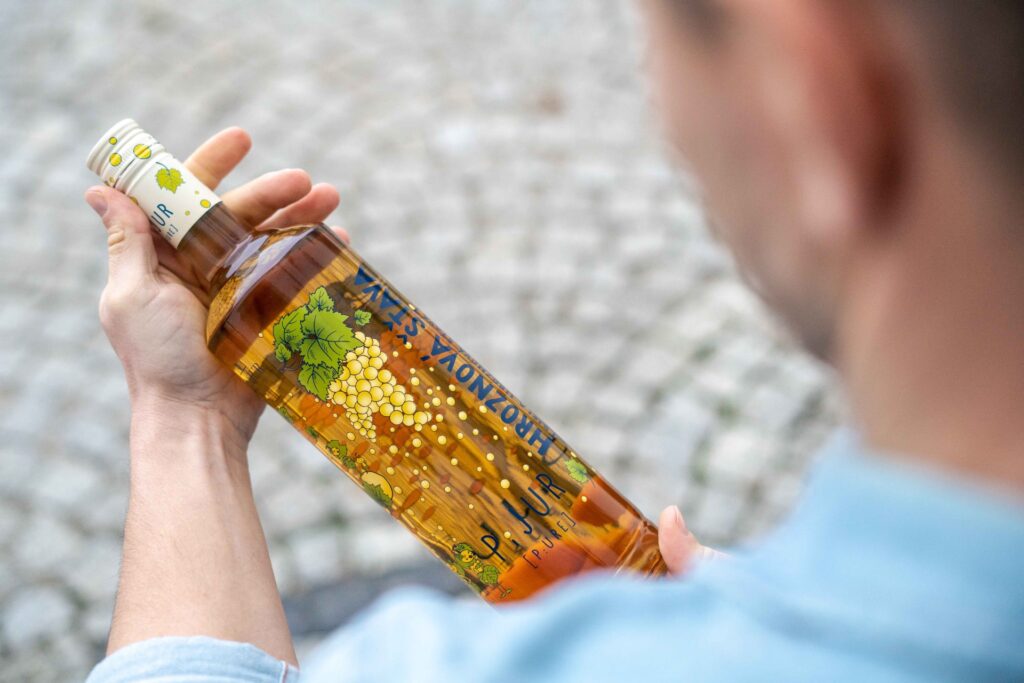I have no energy, I don’t know, I cannot think properly, I don’t remember. How often do we hear it from our children? Fatigue, bad mood or lack of energy accompany many schoolchildren almost daily. Therefore, they reach for various stimulants. They do not want to solve the cause, they want an immediate solution.
According to the international HBSC study on the health of children and adolescents, which is done in more than 50 countries around the world, up to 10% of Slovak boys and 7% of girls aged 11 years reach for energy drinks regularly, at least once a week. In 15-year-olds, the statistics are much more frightening, 32% of Slovak boys and 28% of girls are already regularly filled with energy drinks. In the US and Canada, it is over 50% of minors! Manipulative advertising, popular influencers and perfectly targeted marketing only intensify teenagers’ desire to have a drink that is trendy and promises to solve all their problems – fatigue, poor mood and weaker sports performance. But really?
“The harmfulness of energy drinks to the adolescent organism is widely discussed in professional circles. In general, energy drinks contain high amounts of caffeine, taurine, sugar, artificial flavours, preservatives. High caffeine content is probably the most problematic, it can lead to unwanted hyperactivity, irritability, anxiety, sleep disorders, headaches, abdominal pain, cardiac arrhythmia or higher blood pressure. The young organism is in development, it is extremely sensitive to energy stimulants. It is a critical age, also from the point of view of psychological development. There is a risk of building a certain level of dependency. I do not even mention the combination with alcohol, which I absolutely caution you against”says the Vice-Dean of the Faculty of Medicine of Charles University in Bratislava, Doc. MUDr. Juraj Jackuliak, PhD.
Some countries, such as Lithuania, Sweden and Poland, have adopted a nationwide ban on the sale of energy drinks to persons under the age of 18. In Britain and Norway, the sales threshold is 16 years. There is also a lot of discussion about this in the EU, many scientific studies draw attention to the dangers of these popular drinks.
“I understand that young people want something sweet and stimulating at the same time, they need energy. But they need to be offered some healthier options. I understand that they want to socialise, imitate idols and celebrities who promote unhealthy drinks. We all need to learn how to resist and learn to differentiate. For example, ordinary grape juice without added sugar. It kicks in, yet it does not contain a mixture of unnecessary additives or caffeine. It provides instant energy thanks to the natural content of glucose and fructose that the brain and body need. Energy is released gradually, so it does not unsettle our metabolism. This cannot be said about energy drinks, which young people are crazy about. They start them up quickly and get them down again so quickly that the youngsters feel even more tired than before drinking. And again, they need another stimulant, just a vicious circle,” explains nutrition specialist Jana Kondrcová.
PiJUR grape juice from the Slovak vineyards in Farná is an inconspicuous but all the more precious natural treasure. In addition to pure energy in the form of glucose and fructose, it contains high amounts of vitamin C and group B, minerals such as potassium, magnesium, calcium, iron. Because the juice is pure and unpasteurised, it also contains important bioactive polyphenols that have strong antioxidant and anti-inflammatory effects.
The young organism is in development, it is extremely sensitive to energy stimulants. There is a risk of building a certain dependency and other health risks.”
Doc. MUDr. Juraj Jackuliak, PhD.
“For example, ordinary grape juice without added sugar. It kicks in, yet it does not contain a mixture of unnecessary additives or caffeine.”
Nutrition specialist JANA KONDRCOVÁ




